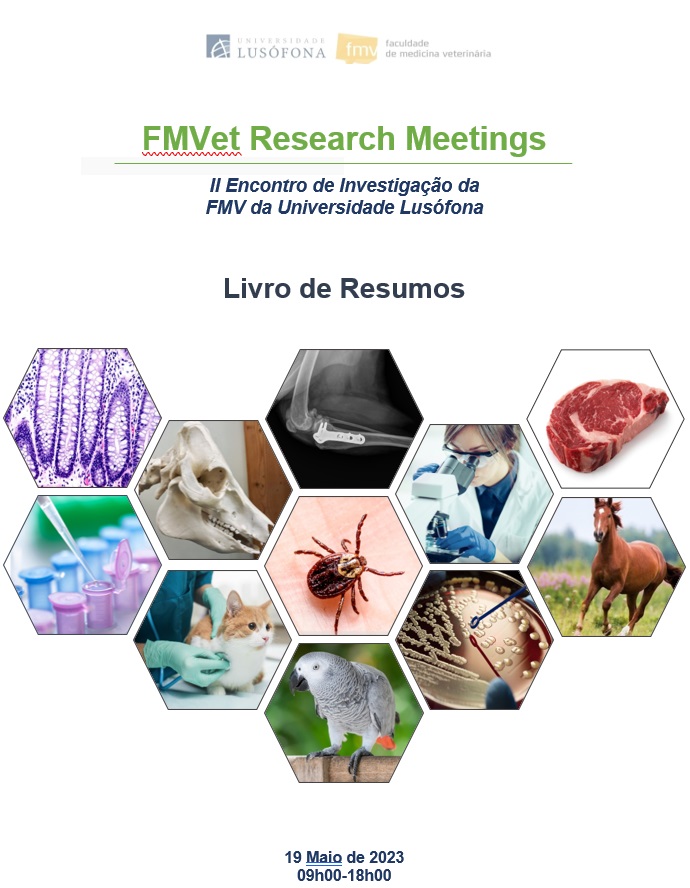Iberian dogs – a diachronic genomic analysis
Resumo
Objectives: Dogs are an important genetic patrimony and in Portugal several functional breeds have been developed. The analysis of their genomes including those from ancient samples can provide a good opportunity to understand the origins and evolution of dogs from more peripheral regions, as well as to infer some of the morphological characteristics exhibited by past individuals.
Materials and Methods: We employed well-established molecular biology methods, such as high-throughput sequencing and a nuclear capture assay, in order to recover endogeneous ancient DNA (aDNA) and SNP data from 14 ancient specimens dated from Mesolithic (~8,000 yBP) through the Middle Ages. Whole genomes from present-day Iberian dogs (n=46) and Iberian wolves (n=2) were also retrieved for a comprehensive study of dog diversity. Regarding data analysis some specific scripts were improved by our team and adjusted to either modern or ancient samples.
Results: Although poorly preserved, aDNA was recovered. The endogenous content (%) is not correlated with the antiquity of each sample (r=-0,42, ns). Ancient dog mitogenomes (>90%, 3x coverage) are distributed within the variability of the A and C clades, while present-day dogs show a wider range of variability: clades A to D. WGS allowed the identification of 12 dogs (9 males, 3 females) and 3 ancient wolves (2, 1). Based on autosomal markers, ancient dogs show either a single or a mixed ancestry, while present-day dogs show a single ancestry/breed meaning they are genetically well-defined breeds. From 3 Roman dogs (Spain), 3-7 SNPs involved in determining the morphology were recovered whereas for one of the ancient wolves, only a single locus was recovered.
Conclusions: DNA (mitochondrial and nuclear) was recovered from Canis archaeological samples, and it helped in documenting the presence of dogs and describe their genomic composition in Iberia.
Keywords: Archaeogenomics; Dog; Evolution; Breeds.
Funding: Woof Project - POCI-01-0145-FEDER-029545 & PTDC/HAR-ARQ/29545/2017


